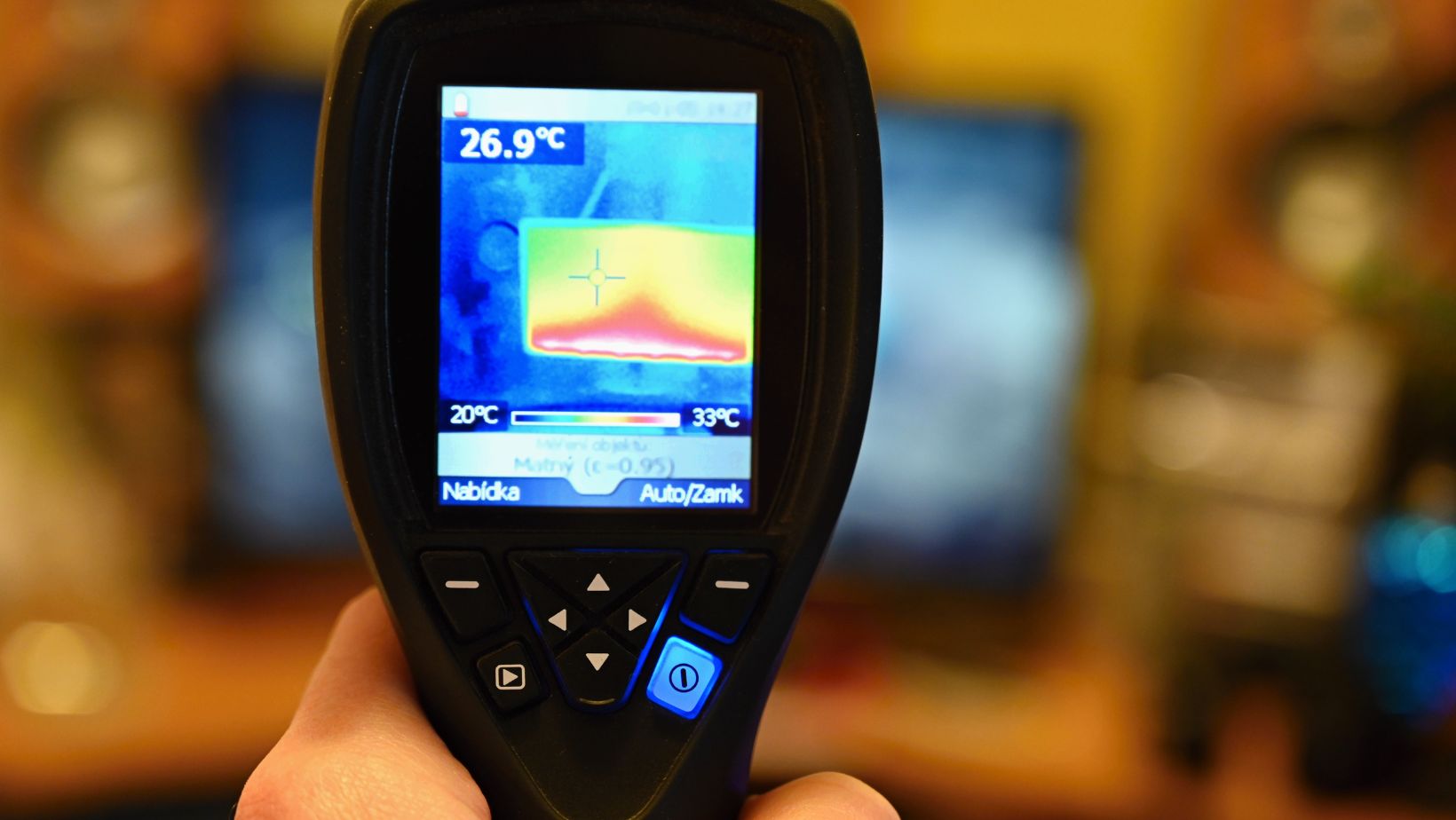The amazing technology known as thermal imaging has transformed a number of industries by enabling us to look beyond the visible spectrum. Thermal imaging systems turn heat into images by detecting infrared radiation emitted by objects, allowing users to see temperature variations in their surroundings. This capability has proven useful in a variety of industries, including security and healthcare, demonstrating the adaptability and importance of this cutting-edge technology.
Knowing the Fundamentals of Thermal Imaging
The fundamentals of infrared radiation, a form of electromagnetic radiation with longer wavelengths than visible light, are what underpin thermal imaging. Depending on their temperature, all objects release infrared radiation; the hotter an object, the more infrared radiation it releases. A thermogram, a visual depiction of the temperature changes in a scene, is produced by thermal cameras upon detection of this radiation.
A lens, a detector, and an image processor are the main parts of a thermal imaging system. Incoming infrared light is focused by the lens onto the detector, which is usually composed of materials like vanadium oxide or indium antimonide. The infrared signals are transformed into electrical signals by the detector, which are further processed to provide a thermal picture. The color palette used to depict this image makes it easy to analyze the thermal patterns because different colors correspond to different temperature ranges.
The Workings of Thermal Camera Technology
There are two primary types of thermal cameras: detectors that are cooled and those that are not. Uncooled detectors use materials whose resistance varies with temperature to function at room temperature.

Because of their reduced size, weight, and cost, they are well-liked for use in commercial settings. On the other hand, the sensitivity and accuracy of cooled detectors are higher because they function at cryogenic temperatures. These are usually employed in aerospace and military applications where accuracy is essential.
Thermal imaging capabilities have significantly improved as a result of sensor technology advancements. Real-time monitoring and analysis are made possible by the greater resolutions and faster refresh rates of modern thermal cameras.
Applications of Thermal Imaging
Thermal imaging has a wide range of applications across various sectors:
1. Security and Surveillance: One of the most well-known uses of thermal imaging is in security and surveillance systems. It allows for nighttime monitoring without the need for traditional lighting, making it invaluable for perimeter security, law enforcement, and search and rescue operations. By detecting heat signatures, thermal cameras can identify intruders or locate missing persons even in complete darkness.
2. Building Inspections: In the construction and maintenance industries, thermal imaging is used to identify insulation defects, moisture intrusion, and electrical issues. By revealing temperature discrepancies, inspectors can locate areas that require repairs or upgrades, helping to improve energy efficiency and prevent costly damages.

3. Automotive and Transportation: In the automotive industry, thermal imaging is used for advanced driver-assistance systems (ADAS). These systems enhance vehicle safety by detecting pedestrians, animals, or obstacles in low-light conditions. Thermal cameras provide an additional layer of awareness, helping to prevent accidents.
4. Military and Defense: Military applications of thermal imaging are extensive. Soldiers use night vision goggles equipped with thermal imaging to enhance situational awareness during nighttime operations. These devices enable troops to detect enemy movements and navigate effectively in challenging conditions.
The Future of Thermal Imaging
The potential uses for thermal imaging are growing as technology keeps developing. Enhancing the analysis and interpretation of thermal data through the integration of AI and machine learning is expected to make systems more intelligent and effective. The application of heat sensors in consumer devices, such smartphones, is also made possible by their miniaturisation, which could expand the market for this technology.
























